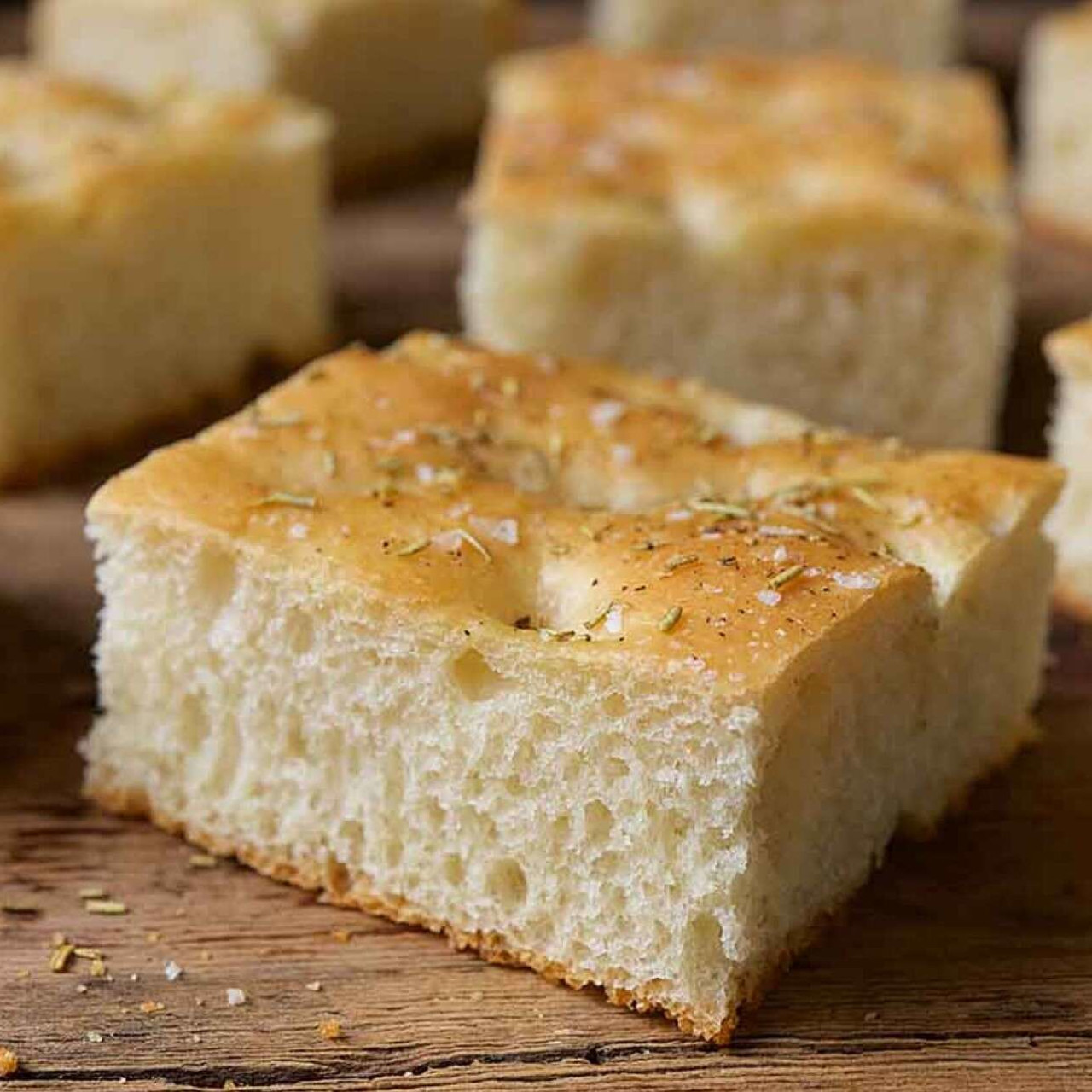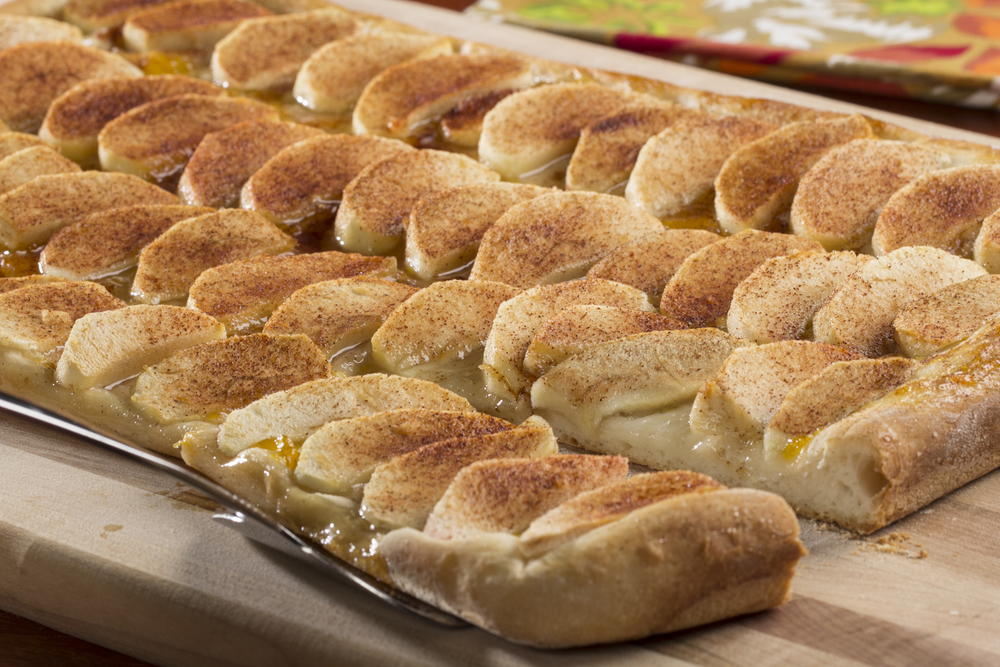


Whey’s composition varies with respect to multiple factors such as source of milk, type of whey (acid or sweet whey) etc. Whey being a by-product of dairy industry, although is highly nutritive, was previously regarded as a waste but with time found its application in feedstock, pharmaceutical and food industry.

The protein‐fat concentrate was applied in bread formulation with appropriate functional properties. This is a simple process, suitable for small dairy industries and does not require expensive equipment or high energy supply. Proteins and fat were recovered from cheese whey by coacervation with carboxymethylcellulose. The bread formulated with cheese ‐ whey protein coacervate showed a higher moisture content, springiness, and cohesiveness as well as a lower fat/lipid content and hardness when compared to the control bread what would make it appropriate for consumers. The wet coacervate obtained was tested as a bread ingredient instead of milk and butter. This method showed 100% and 60% of fat and protein recovery yields, respectively, involving few operation steps and no need for complex equipment. Protein and fat coacervation were carried out by the addition of carboxymethylcellulose to raw cheese‐whey, acidification to pH 3, and 6 hr incubation. Initially, alginate and carboxymethylcellulose were tested, and the effect of pH and polymer concentration on protein solubility was determined to find the more adequate phase separation conditions. In this work, a simple method to exploit protein and lipids from cheese‐whey by means of coacervation was studied. Originality/value – A novel API wood adhesive for structural use was developed using whey proteins that are often regarded as a waste due to their relatively small molecules and compact globular structures. Practical implications – Owing to the good bond strength and durability and environmental safety, the optimised whey-protein based API adhesives have greater potential for commercial applications, especially for the structural wood bonds.

Research limitations/implications – The thermally denatured WPI solutions (40 wt%) incline towards being decayed by moulds if not properly formulated. The study also indicated that the thermal denaturation of 40 per cent WPI solution at 60-63☌ could unfold the globular structure of whey protein to some extent and therefore improve the bond strength and bond durability of whey-protein based API adhesive the additions of PVA and nano-CaCO3 as filler had a significant effect on the bond strength and bond durability of whey-protein based API adhesive. Findings – A whey-protein based API adhesive was developed which had 28 h boiling-dry-boiling wet compression shear strength 6.81 MPa and dry compression shear strength 13.38 MPa beyond the required values (5.88 and 9.81 MPa, respectively) for structural use of commercial standards. Design/methodology/approach – The API formulations with whey proteins denatured at different heating temperatures and times, WPI/polyvinyl alcohol (PVA) denaturing processes, PVA contents and nano-CaCO3 (as filler) contents were investigated and optimised according to the JIS K6806-2003 standard. Purpose – The purpose of this paper is to develop an environmentally safe aqueous polymer-isocyanate (API) wood adhesive for structural uses with whey protein isolate (WPI) that is a by-product of cheese making. Potential application of protein separation by means of ultrafiltration followed by ion exchange membrane chromatography (IEMC) have also been presented. have been discussed with the help of high pertormance tangential flow filtration (HPTFF) module and rotating disc membrane module. Advantages of separation of individual whey proteins like a-Lactalblumin (a-LA), ßLactoglobulins (β-LG) and Bovine Serum Albumin (BSA) etc. Specific data and information from various research papers have been presented in order to show the growth and state-of-the-art technology in the perspective of whey orotein fractionation. This paper provides a review, starting from the very beginning of membrane technology to its recent form of obtaining high resolution separation in commercial scale. Recent developments in the membrane filtration, particularly ultrafiltration have provided exciting new opportunities for large-scale protein fractionation. There is a considerable commercial interest in the preparation of the individual whey proteins for food, neutraceutical and therapeutic applications.


 0 kommentar(er)
0 kommentar(er)
